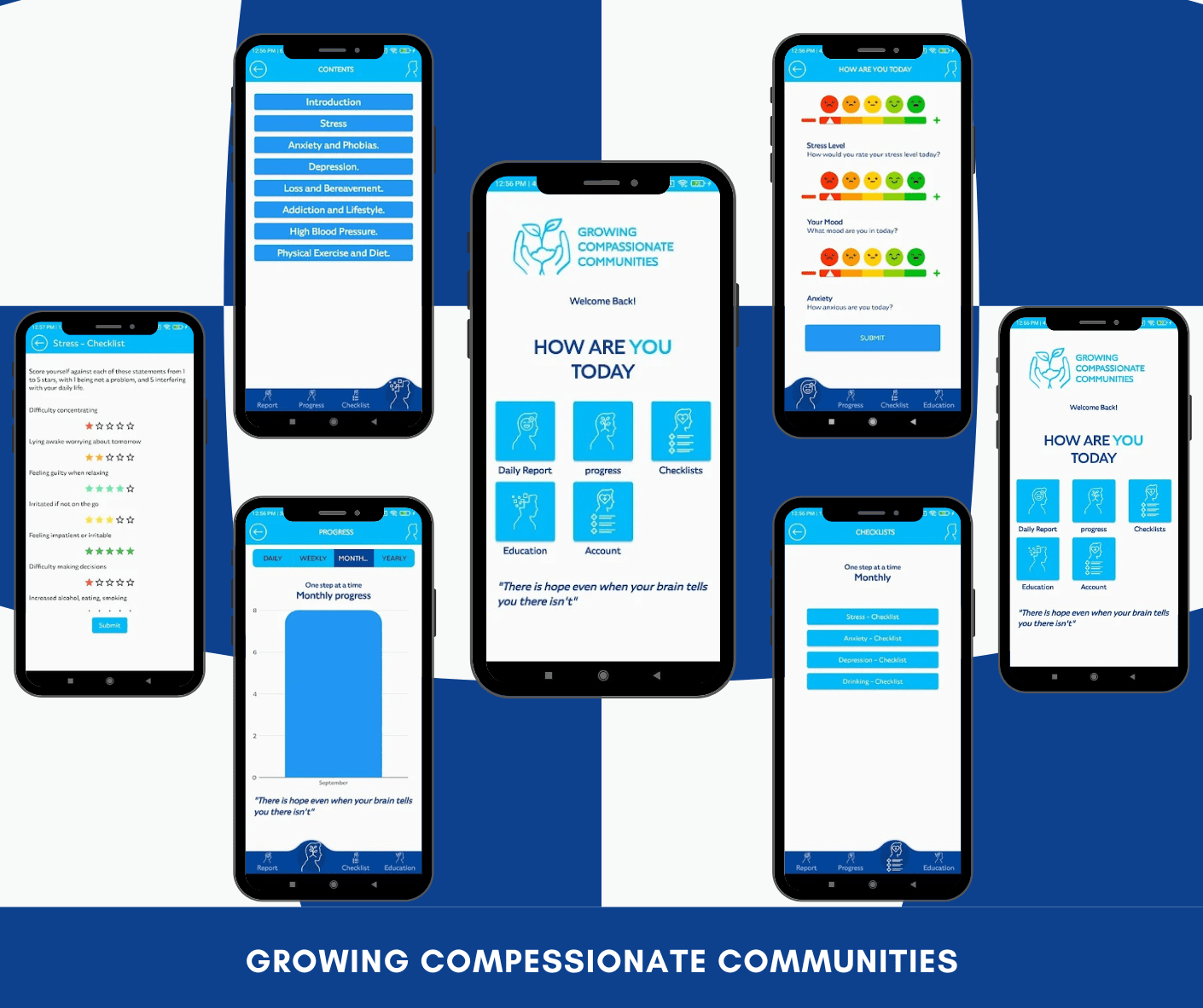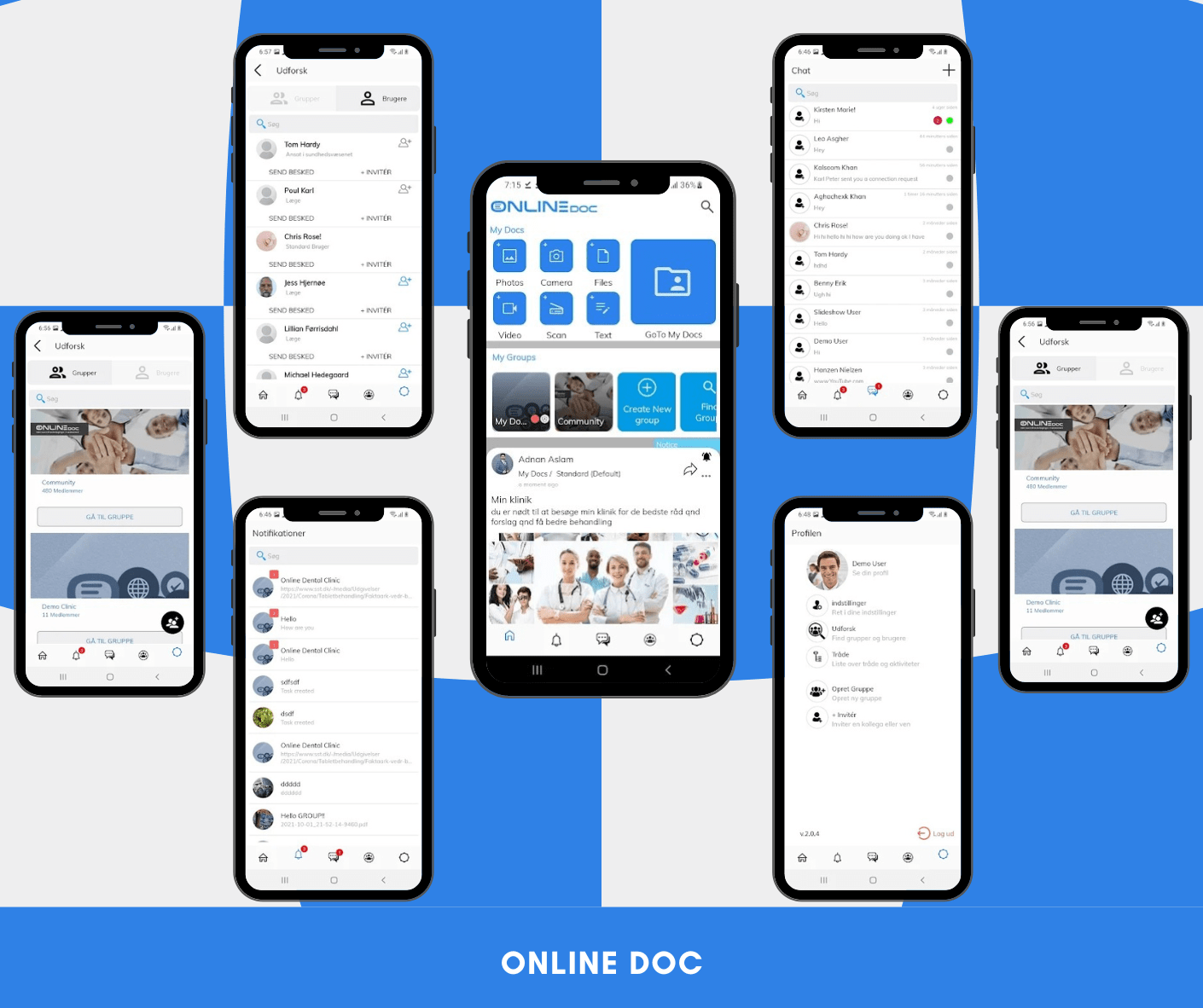
In the world of web development, three essential languages reign supreme: HTML, CSS, and JavaScript. Together, they form the backbone of the web, enabling the creation of visually stunning and interactive digital experiences. In this blog post, we will delve into the fundamentals of HTML, CSS, and JavaScript, their individual roles, and how they work in harmony to bring web pages to life.
HTML - The Structure Builder
Understanding HTML
HTML (Hypertext Markup Language) serves as the foundation of every web page. It defines the structure and content of a webpage using a markup system of tags, elements, and attributes.
Key Features and Capabilities
HTML provides a rich set of elements to structure and organize content, including headings, paragraphs, lists, tables, and forms. It also supports multimedia integration, such as images, audio, and video, to enhance the visual experience.
CSS - The Styling Enchanter
The Role of CSS
CSS (Cascading Style Sheets) is responsible for the presentation and visual styling of a web page. It controls the layout, colors, fonts, and other aesthetic aspects, transforming raw HTML content into visually appealing designs.
Key Features and Capabilities
CSS empowers developers to create stunning and consistent designs across web pages. It offers selectors, properties, and values to define the appearance of HTML elements, enabling customization and responsiveness to different screen sizes.
JavaScript - The Dynamic Enabler
Unleashing JavaScript
JavaScript is a powerful scripting language that brings interactivity and dynamic functionality to web pages. It enables client-side scripting, allowing developers to create responsive and interactive user experiences.
Key Features and Capabilities
JavaScript enables the manipulation of HTML and CSS elements, event handling, form validation, and data processing. It also provides advanced features like APIs and libraries, facilitating complex tasks such as animations, data fetching, and user interactions.
The Harmonious Trio - Working Together
Integration and Collaboration
HTML, CSS, and JavaScript work seamlessly together to create captivating web experiences. HTML establishes the structure, CSS brings style and aesthetics, while JavaScript adds interactivity and dynamic behavior.
Progressive Enhancement and Accessibility
The trio follows the principle of progressive enhancement, ensuring that web pages are accessible to all users, regardless of their device or browsing capabilities. By separating structure, style, and behavior, developers can optimize the experience for different contexts.
Learning and Expanding Skills
Resources and Further Learning
To master HTML, CSS, and JavaScript, there are abundant online resources, tutorials, and courses available. Embrace hands-on practice, experiment with code, and explore frameworks and libraries to enhance your development skills.
Conclusion
HTML, CSS, and JavaScript form the cornerstone of web development, providing the tools to create visually stunning, interactive, and dynamic web pages. Understanding the role and capabilities of each language empowers developers to craft exceptional user experiences. Embrace the power of HTML, CSS, and JavaScript to unlock endless possibilities and embark on an exciting journey in the world of web development.




















































































